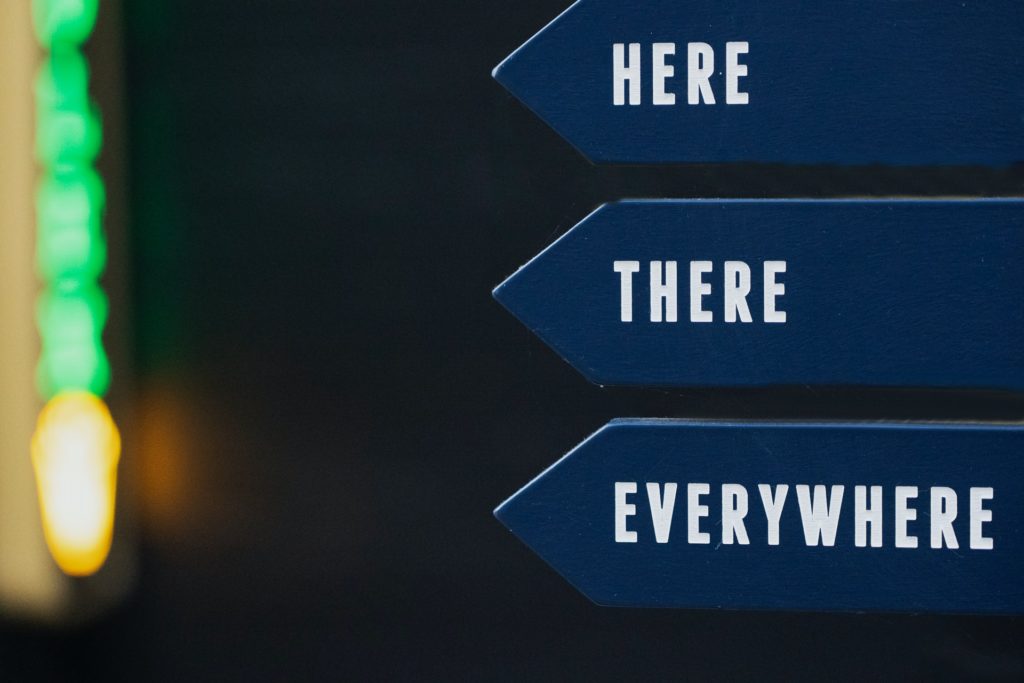Er en daar: The (not so) confusing Dutch versions of “there” Posted by Sten on Aug 27, 2021 in Dutch Grammar, Dutch Language
Like many other languages, Dutch has a differentiation between er and daar, which in English both translate to “there”. So what is that difference, how can you keep them apart, and what do you use when?
“There” is the culprit
Like the English word “some”, which has quite a range of translations in Dutch, “there” seems to be the reason for the confusing translation.
The Dutch words er and daar both translate to “there”. But the meaning of “there” is different. Daar means “there”, compared to “here” (hier). You can point at daar. Here’s an example:
Waar staat iedereen?
Daar! Op het plein.
(Where is everybody?
There! On the square.)
Daar is de man, die mij heeft gebeld (There is the man that called me).
You can point at the people, you can point at the man. It indicates a certain place, like hier (here) and daar (there).
What about er?
Translating er also becomes “there”. But here it is in a more generic, general sense. Here, it is used as a pronoun. Like this:
Er zijn mensen die niet geloven.
(There are people that do not believe.)
Er is niets aan te doen.
(There is nothing to do about it.)
Er is niets van over.
(There is nothing left of it).
And that’s it! So a “there is” or “there are” simply translates to er is and er zijn.
What about Daar is or Daar zijn? Again, like you could see in the examples of daar, that indicates a certain place.
Beyond “there”: Other meanings of er and daar
Er and daar can also be more versatile than just there. They are also complementary words in referring to something when propositions are involved (ervan, daarin, daarvan, erin, erop, daaropaf, etc.).
For example:
Er zijn mensen die daar niet in geloven.
(There are people that do not believe in that.)
Daar in this sense does not refer to a place, but it refers back to something previously stated. It’s because of the proposition in that we get daar here, instead of dat (that):
Er zijn mensen die dat niet geloven.
(There are people that do not believe that.)
What happens if we do this with er?
Er zijn mensen die er niet in geloven.
(There are people that do not believe in it).
So, just like in the other meanings, er is a more generic form that does not refer to something specific. That can be nicely illustrated in the next example too:
Ik kan er echt niks van.
Waarvan?
Daarvan!
Hij wijst naar de piano.
(I am really terrible at this.
At what?
At that!
He points at the piano.)
You can also think of it this way: “er/daar/hier/waar (there/there/here/where) + preposition” means essentially “preposition + dat/dit/wat (that/this/what)”.
Hij kijkt graag naar de vogels in zijn tuin.
Waarnaar kijkt hij graag? / Naar wat kijkt hij graag?
Daarnaar! Naar dat!
(He likes to look at the birds in his garden.
At what does he like to look? / At what does he like to look?
To that! / To that!)
As we can see here, English only does the latter: “proposition + that/this/what”, whereas Dutch can do both interchangeably.
OnzeTaal has a great article on the topic as well as a quiz that can help you get a better grasp on the topic!
If this explanation helped you, or if you have more questions, let me know in the comments below!

Build vocabulary, practice pronunciation, and more with Transparent Language Online. Available anytime, anywhere, on any device.





